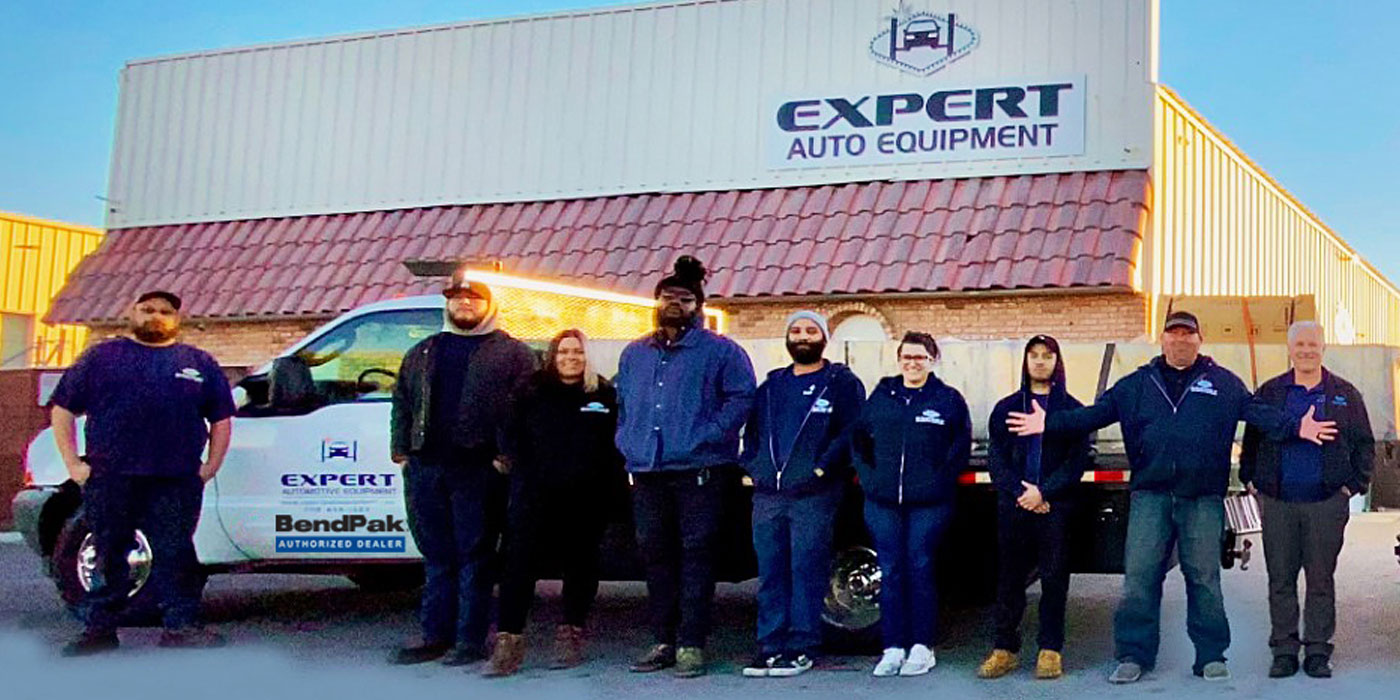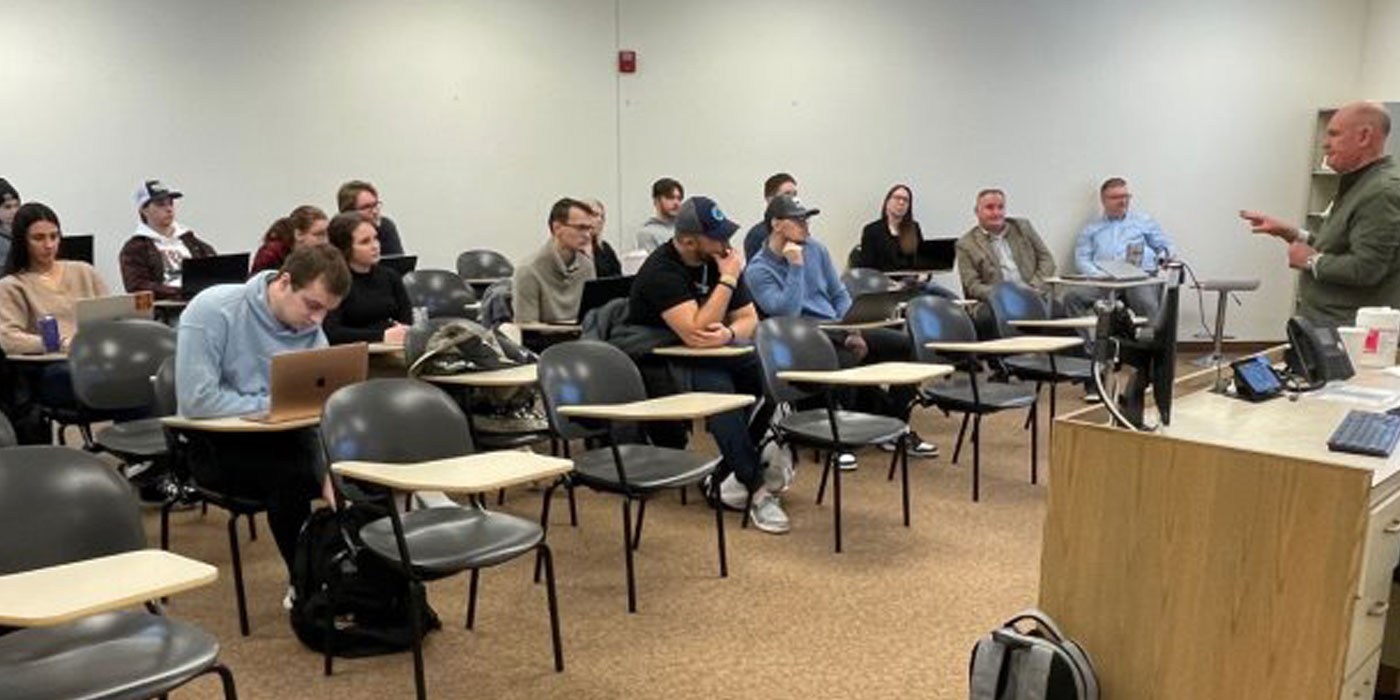For warehouse distributors in the automotive parts industry, the main goal is to provide the right parts in the right quantities as efficiently as possible. With more vehicle models staying on the road longer, the number of SKUs in this industry is rising at a faster rate than ever before. Wholesalers and retailers such as automotive parts suppliers, stores and service centers are stocking a relatively smaller percentage of their SKUs than in the past. Thus, warehouse distributors are under increasing pressure to provide improved inventory visibility and order fulfillment in order to meet their customers’ demands. They are meeting these demands by implementing techniques that emphasize connectivity with their downstream customers.
Warehouse distributors are focusing more on the critical links between their distribution centers and their customers in order to improve both supply chain efficiency and customer service levels. In order to improve customer satisfaction, warehouse distributors are implementing techniques that improve order flow efficiency by concentrating on the connectivity within their networks. As a result, auto parts retailers have reduced stock-outs and order fulfillment times, and have improved their overall logistics efficiency.
Improving Order Flow
One of the most common problems for warehouse distributors and their customers involves the ordering process. Greg Gardiner, information technology (IT) director at Four Wheel Parts, Inc., a warehouse distributor based in Compton, CA, said that their orders need to flow more smoothly.
"If an item is back ordered and the distribution center does not have it, then it automatically goes to an expediting report," he said. "Expeditors first check our other warehouses, and if the part is not there, they order directly from the vendor. The problem is that this is a labor-intensive process. An enhancement would be that our IT system would automatically check the other warehouses and then order from the vendor, without this being a largely manual process."
Another problem involves the need for better connectivity between the warehouse distributors and their customers. Gardiner said that his company’s sales people would be tied up on the phone taking orders or answering questions about what inventory is available.
Similarly, a fax system can also be slow and inaccurate. About two years ago, Four Wheel Parts began using a Remote Access Server (RAS) connection for its Internet users, which was already a part of its distribution management software. This allowed jobbers to view inventory at the warehouse locations as well as place orders.
"This improved our sales ability for jobber accounts. The next step is to sign more jobbers on to this system, since only 3 to 4 percent are on it now. "Not everyone has PCs or Internet connections, so it is a slow process," said Gardiner.
Another company that has overcome problems with its order management system is Vast Auto Distribution, a warehouse distributor based in Montreal, Quebec. Vast Auto’s customers include a group of 70 auto parts retailers and wholesalers as well as 110 repair centers, located in Quebec and eastern Ontario. The company’s order management system functioned adequately until its order volumes began growing rapidly – doubling since the mid-1990s. In 2001, Vast Auto realized that it needed a more efficient way to communicate with its customers.
Vast Auto wanted to sell its parts as cost-effectively as possible. "We needed to provide a higher level of customer service and also reduce the costs of telephone lines," said Rocco Longo, the management information systems (MIS) manager. "Prior to the fall of 2001, our system required one phone line to connect to one customer. We had 10 standard lines and one lease line (exclusive connection to a single customer), which was not an effective way to handle orders."
Martin Martel, the operations manager at Vast Auto added that the challenge was to increase order volumes and distribution efficiency without reducing customer service levels.
The solution for Vast Auto was to adopt a high-speed Internet connection that provides faster, more reliable connections with its downstream customers. One of the benefits for the company is that it now handles fewer orders manually, and thus is less likely to make errors in its order chain. Other benefits are in the form of cost and time savings. Longo said, "Dial-up takes longer for customers to connect – between 40-60 seconds for a modem to modem link, which is too slow. The new system is always up and takes from 10 to 12 seconds to connect, on average."
Flexible connection options are also important for Vast Auto, which has recently switched to a high-capacity T1 line, but retains the dial-up capability as a backup option. "As more order traffic comes through, we can maintain the 10 second connection times as a standard," said Longo.
The company would like to see as many of its jobber customers as possible join the system, and it wants to provide a real-time view of its inventory so that all of its customers can order quickly and efficiently.
"Receiving orders electronically is our goal," said Longo. "If all 70 of our retailers used it, we would not need anyone at the order desk. We used to have four people at the order desk in the mid-1990s, and now we have three with double the order volume, so we are definitely increasing our efficiency."
Improving Transportation Efficiency
Another logistics issue between warehouse distributors and their customers is improving transportation efficiency. Uni-Select USA, Inc., a warehouse distributor based in St. Paul, MN, faced the challenge of maintaining competitive delivery service while reducing costs. In 2001, the company decided to switch from its company-owned trucks to fee-based carriers.
Bill McConnell, general manager of the south central division, commented, "We were faced with rising costs in fuel, insurance and asset depreciation. We went from 17 company-owned trucks down to one, which helped us to reduce our transportation costs by $400,000. By using fee-based carriers, we actually increased our daily deliveries to 95 percent, bringing a larger percentage of our customers into the daily delivery service."
Other companies face transportation problems within specific segments of their business. "One problem that we experience at Four Wheel Parts is with our growing mail order division," said Gardiner. "Most of these customers tend to be located far from towns with auto parts dealers. The problem is that major motor carriers do not serve these areas and must interline the shipments with a second carrier. This creates significant delays in delivery times and dissatisfied customers," he continued.
Auto Body Panels, Inc., a warehouse distributor based in Cincinnati, OH, says that delivering in company-owned vehicles is still its best option for transportation.
Mark Purtilar, vice president and general manager, added, "With the help of an improved order management system, we can now offer same-day delivery to local routes that we could only serve by next day before. For us, the problem was not in changing the transportation methods, but in changing the ordering fulfillment techniques."
Warehouse distributors in the automotive parts industry are continuing to focus their attention on improving connections with their wholesale and retail customers. Increasing customer service demands mean that warehouse distributors may need to closely examine their entire logistics process and make necessary changes.










